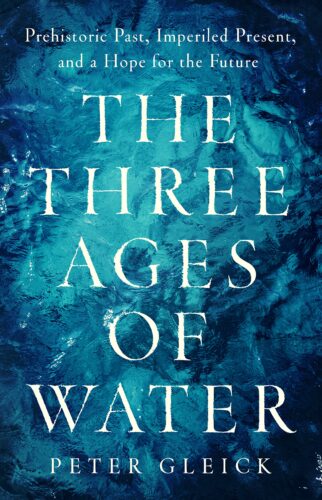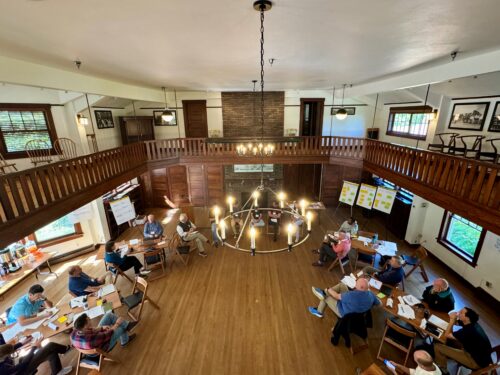Kyle Davy and Mike McMeekin
According to author Peter Gleick, human history has been shaped by our relationship with water. Gleick’s recent book, The Three Ages of Water: Prehistoric Past, Imperiled Present, and a Hope for the Future, recaps this history. In the First Age of Water, early civilizations formed based on the natural availability of water, and the first attempts to control water for human consumption and agriculture were conceived. The Second Age of Water coincided with the emergence of science and technology and followed a “hard path” marked by the engineering and construction of major water-related infrastructure – dams, drinking water and wastewater treatment systems, hydro-electric generation facilities, and irrigation systems. This age produced huge benefits to humanity, along with unintended consequences in the form of withdrawals beyond natural recharge, pollution, and damage to eco-systems. In addition, despite the remarkable advances of the Second Age, we have still failed to provide safe water and sanitation for everyone.

In his kick-off address to Engineering Change Lab – USA’s (ECL) Envisioning a New Water Ethic for the Engineering Community Summit, Peter Gleick outlined the history of the first two ages of water and offered a blueprint for a hopeful future, a “necessary and possible transition” to the Third Age of Water. According to Gleick, this new “soft path” must:


